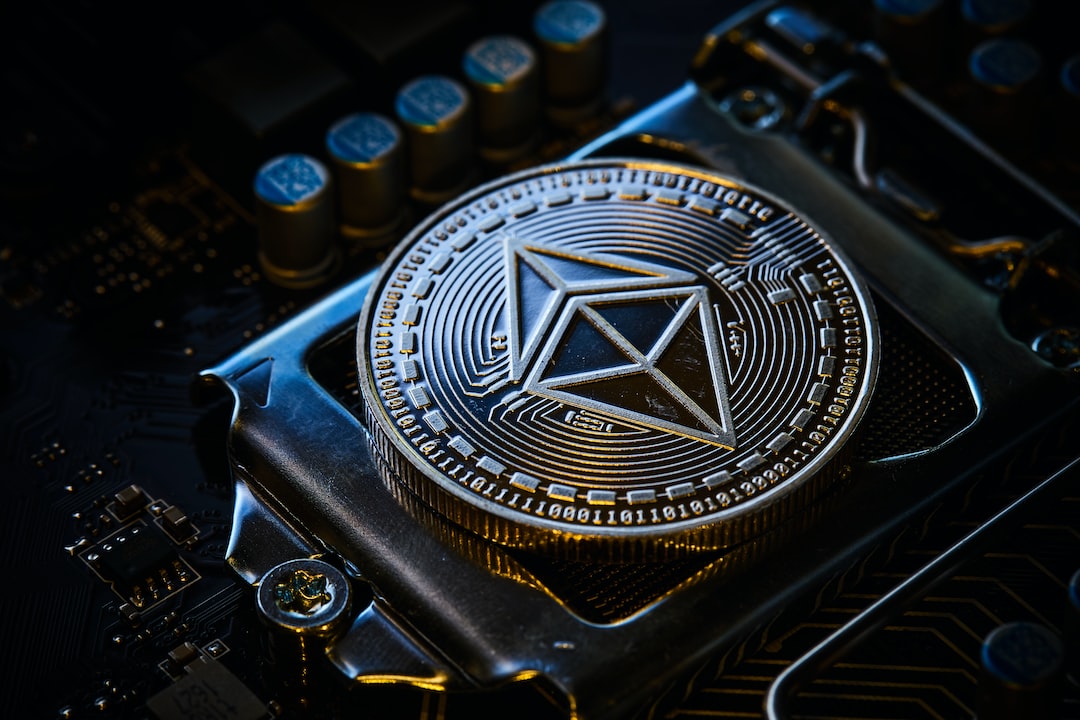The Troubled State of NFT Security
The non-fungible token (NFT) space is facing serious security challenges, with over 13,650 NFTs stolen since mid-2021, amounting to over $29.5 million. Leading NFT marketplaces are taking steps to mitigate thefts, but their efforts have been limited. The high stakes of valuable NFTs attract phishers who constantly refine their tactics. To address this issue, industry stakeholders must work together to block the profit-making pathways of thieves.
Behind the Scenes of NFT Thefts
Even leading marketplaces like OpenSea struggle to prevent NFT thefts and the sale of stolen NFTs. The recent case of Robbie Acres, whose NFTs were stolen and resold on OpenSea, highlights the challenges faced by marketplaces. While OpenSea has implemented anti-theft policies and systems, they are not effectively deterring attackers.
Finding a Needle in the Haystack
NFT thieves can sell stolen NFTs through various channels, making it difficult to track and recover them. Unwitting buyers who purchase stolen NFTs are also victims of scams. Relying solely on marketplaces to tackle NFT thefts is not sufficient, as it conflicts with decentralized principles. Catching stolen NFTs once they are on the move is like finding a needle in a haystack.
Focusing on the “Unwitting” Part
The solution to preventing NFT thefts involves promptly identifying stolen NFTs and blocking their resale. Security innovators have developed models for real-time threat detection, but the current framework for acting on these alerts is ineffective. Introducing accountability by labeling stolen NFTs as such can hamper the profitability of scams. Industry-wide collaboration is crucial to solving the crisis at hand.
The Call for Industry-Wide Collaboration
In addition to technical innovations, marketplaces and other industry participants must work together to adopt and implement effective flagging mechanisms for stolen NFTs. This collaboration will create a holistic defense mechanism to combat NFT thefts. When the profitability of NFT scams is minimized, NFTs can be considered safer.
Hot Take:
To combat the rising problem of NFT thefts, industry-wide collaboration and accountability are essential. Promptly identifying stolen NFTs and implementing effective flagging mechanisms can help deter attackers. However, relying solely on marketplaces is not enough, and a complete lockdown is necessary to stop thieves. By making the cost of attack higher than flipping returns, economic disincentives can be the best deterrent for scammers.
Noah Rypton stands as an enigmatic fusion of crypto analyst, relentless researcher, and editorial virtuoso, illuminating the uncharted corridors of cryptocurrency. His odyssey through the crypto realms reveals intricate tapestries of digital assets, resonating harmoniously with seekers of all stripes. Noah’s ability to unfurl the labyrinthine nuances of crypto intricacies is elegantly interwoven with his editorial finesse, transmuting complexity into an engaging symphony of comprehension.

